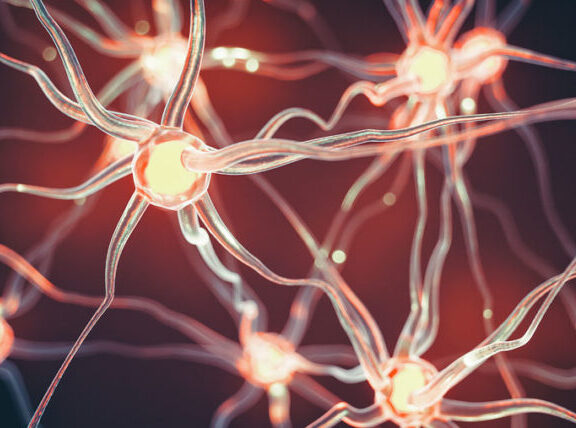Nerve pain, also known as neuropathic pain, is a common condition that can be challenging to treat. Nerve pain can occur as a result of various underlying conditions such as diabetes, nerve injury, or nerve damage. Platelet-rich plasma (PRP) therapy has emerged as a potential treatment option for nerve pain, particularly for conditions that have not responded well to traditional treatment methods. In this blog, we will explore how PRP therapy works for nerve pain, its benefits, and what to expect during the treatment.
How PRP Therapy Works for Nerve Pain
PRP therapy involves extracting a small amount of the patient’s blood and processing it in a centrifuge to concentrate the platelets. The concentrated platelets are then injected into the targeted area of the patient’s nerve. The platelets contain growth factors and other healing components that promote tissue repair and regeneration.
PRP therapy can be used for the following nerve pain conditions:
- Peripheral Neuropathy: PRP therapy can be used to promote nerve regeneration, reducing the pain, numbness, and tingling associated with peripheral neuropathy.
- Trigeminal Neuralgia: PRP therapy can be used to reduce inflammation and promote tissue repair in the trigeminal nerve, reducing the pain associated with trigeminal neuralgia.
- Carpal Tunnel Syndrome: PRP therapy can be used to promote tissue regeneration and repair, reducing the pressure on the median nerve and the associated pain and numbness of carpal tunnel syndrome.
Benefits of PRP Therapy for Nerve Pain
PRP therapy offers several benefits for nerve pain, including:
- Natural Treatment: PRP therapy uses the patient’s own blood, making it a natural and safe treatment option.
- Minimally Invasive: PRP therapy is a minimally invasive procedure that does not require surgery or extensive downtime.
- Reduced Risk of Complications: PRP therapy has a low risk of complications since it is a natural treatment that utilizes the body’s own healing properties.
- Improved Results: PRP therapy can improve the results of other nerve pain treatments, promoting tissue repair and regeneration and enhancing the overall outcome.
- Long-Lasting Results: PRP therapy can provide long-lasting results, with many patients experiencing improvement for several months or even years after treatment.
What to Expect During PRP Therapy for Nerve Pain
PRP therapy for nerve pain typically involves a series of injections into the affected area. The injections are relatively painless, and patients can resume their normal activities immediately after treatment. Patients may experience some mild swelling or redness at the injection site, but this typically subsides within a few days.
Conclusion
PRP therapy is an innovative treatment option that has shown promise in the field of nerve pain. This therapy offers several benefits, including natural treatment, improved results, and long-lasting effects. If you are suffering from nerve pain, talk to your doctor about whether PRP therapy may be a suitable treatment option for you.








